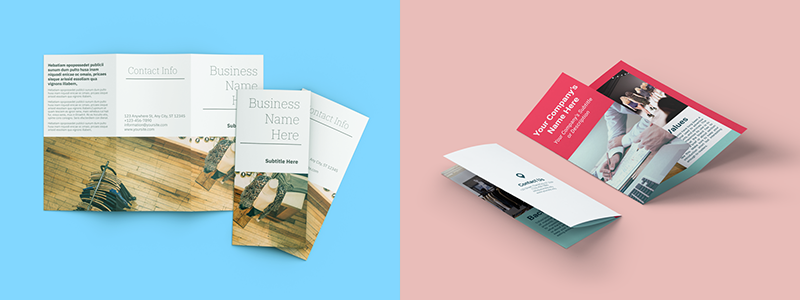Can You Tell The Difference Between A Quality Brochure And A Cheap Brochure?
We’ve all seen them before—those glossy, full-color brochures that look like they were printed on the highest quality paper with the most expensive ink. They jump out at you, begging to be picked up and read. But have you ever wondered how much those brochures actually cost to produce? Chances are, it was more than you think.

On the other hand, there are also those flimsy, single-color brochures that look like they were printed on a home printer using recycled paper. These brochures are often given away for free at trade shows or left behind in waiting rooms. They’re easy to ignore and even easier to forget. So, what’s the difference between these two types of brochures? Let’s take a closer look. And if you’re looking for a scottsdale brochure printing expert, check out scottsdale print center.
Paper Quality
One of the biggest indicators of a quality brochure is the paper it’s printed on. High-quality paper is thick and has a nice weight to it—you can tell that it’s not going to tear easily or bleed through if it gets wet. It also has a smooth finish that makes it pleasant to the touch. On the other hand, cheap paper is thin and flimsy; it feels almost like tissue paper. It’s also more likely to tear or bleed if it gets wet.
Print Quality
Another indicator of a quality brochure is the print quality. Brochures that are printed on high-quality paper using high-quality ink will have sharp images and vibrant colors. The text will be clear and easy to read. On the other hand, cheap brochures often have blurry images and dull colors. The text is often difficult to read because it’s been printed on low-quality paper using low-quality ink.
Production Cost
Perhaps the biggest difference between a quality brochure and a cheap brochure is the production cost. Quality brochures are typically printed by professional printing companies using high-end equipment. This means that there is a higher upfront cost for materials and labor. Cheap brochures, on the other hand, are often printed by amateurs using low-end equipment or even home printers. This results in a lower upfront cost but generally leads to lower overall quality.
When it comes to choosing between a quality brochure and a cheap brochure, there are several factors to consider—paper quality, print quality, production cost, and overall durability. In most cases, quality costs more money upfront but pays off in the long run due to its higher level of durability and overall better appearance. So, when you’re deciding which type of brochure to print for your next marketing campaign, keep these factors in mind!

